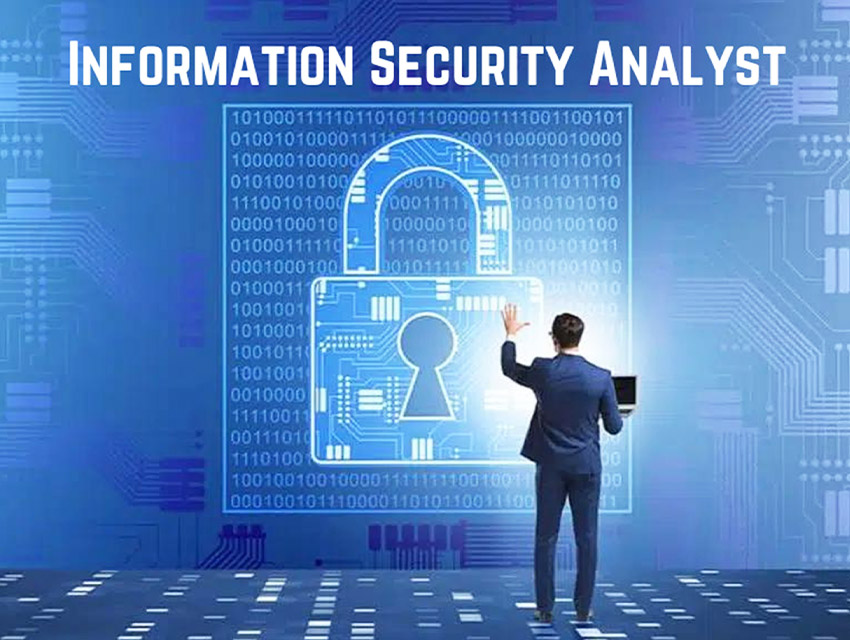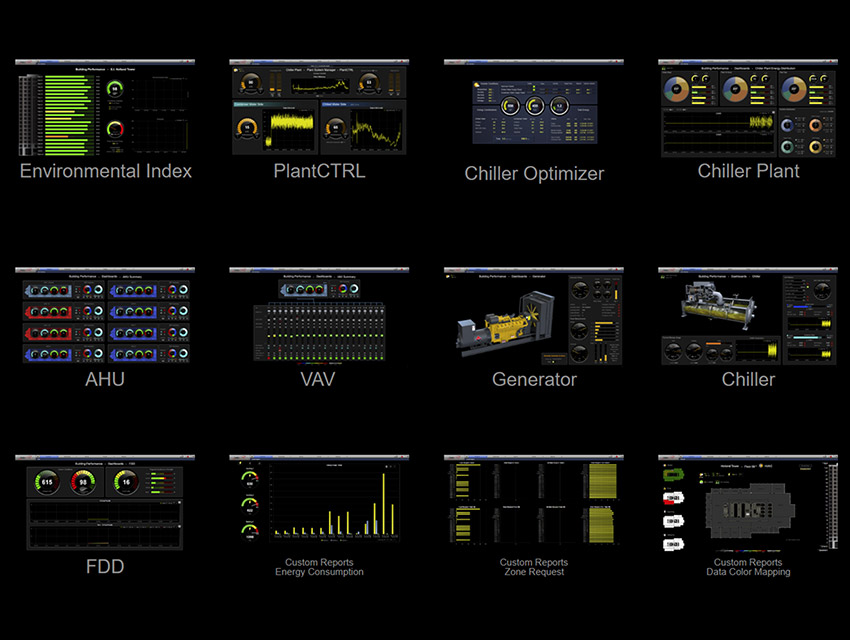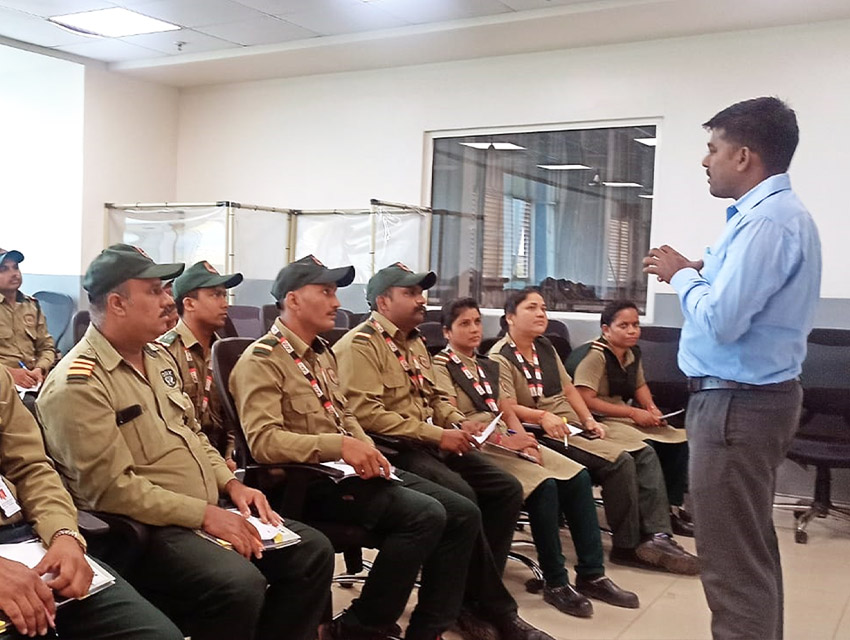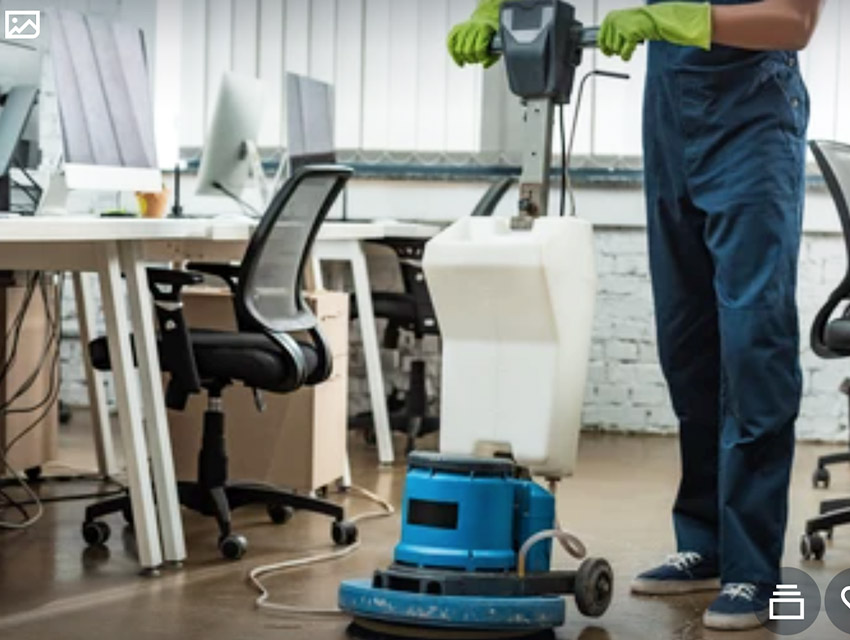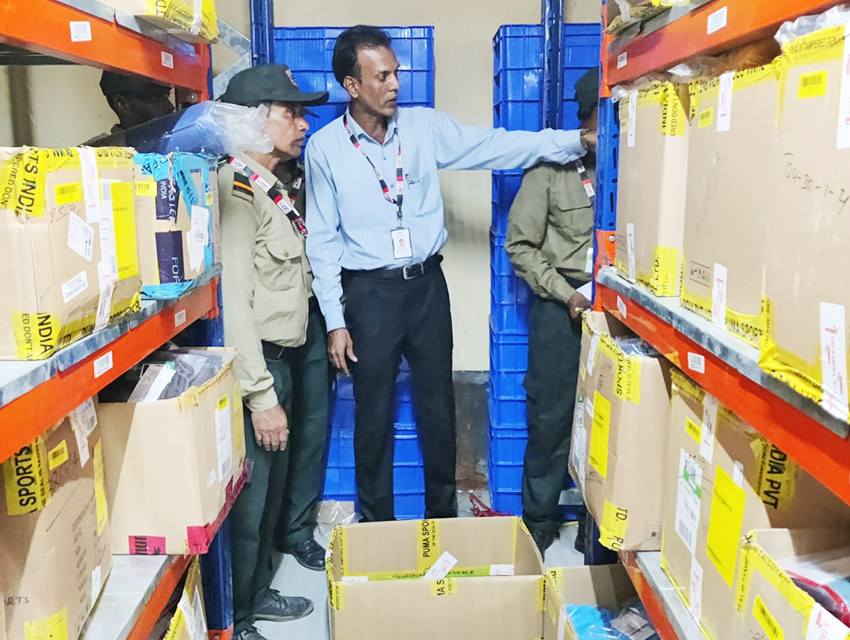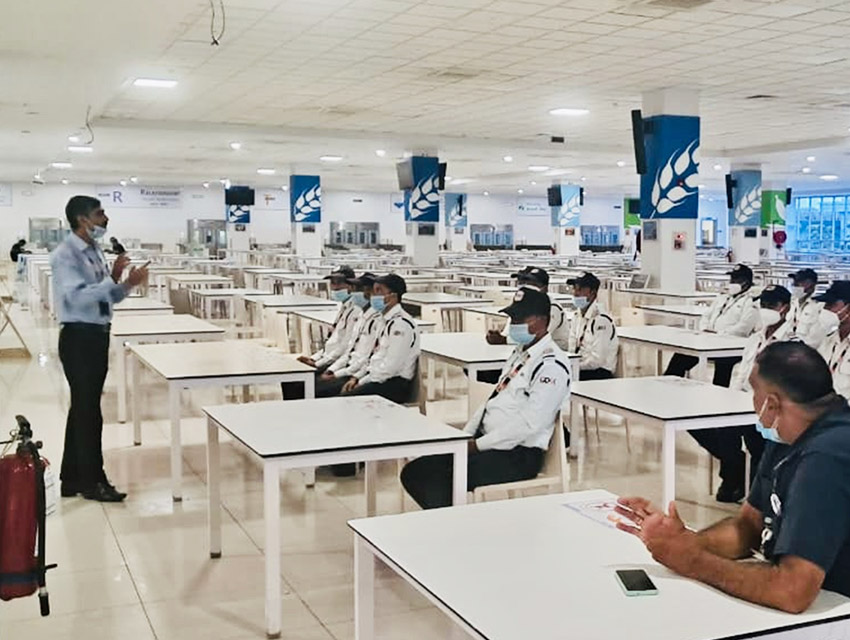MODERNISING PHYSICAL SECURITY WITH LATEST TRENDS & TECHNOLOGY
Physical security is the safeguarding of people, equipment, networks, and data against physical acts and occurrences that could seriously harm a business, government organization, or institution. This covers defence against terrorism, burglary, theft, vandalism, flood, fire, and other natural catastrophes.
ADVANCING TOWARDS EFFICIENT SECURITY: The digital transformation has overtaken the basic activities of security companies, which had been relatively slower to adopt technology. The Internet of Things (IoT) and cloud connectivity have experienced exceptional growth in popularity over the past year. During the 2020 pandemic, it was extremely difficult for security companies without unified security systems to manage their regular security operations. This enhanced the need for effective, clever, networked CCTV and sensor systems that, when combined with an analytics tool, yield potent intelligence and insights.
HARNESSING THE MIX OF MANPOWER AND TECHNOLOGY: Any facility’s security system is increasingly built on an interactive video monitoring solution. The additional features of monitoring solutions, such as two-way audio and live video capabilities, enable remote operators to see, hear, and speak with on-site security personnel, employees, and visitors 24 hours a day. The value and return on investment of a remote monitoring solution are best demonstrated by incident management. With video verified alarms, the operators in a command and control centre visually patrol the location, whether it is open or closed, ensuring the availability of security solutions measures. When a break-in or potential threat occurs, the operators alert security or law enforcement, who are then dispatched to the scene to deal with the situation. This procedure minimises the quantity of erroneous security alarms while also saving time and resources.
VIDEO ANALYTICS TAKING THE CENTRE STAGE: An approximate estimate from the security community states that 90% of the video streams are examined for reactive rather than proactive research. However, recent industry insights reveal that organisations are using video analytics to address growing security concerns. Some of the significant use cases of video analytics include crowd management, facial recognition, occupancy management, etc.
Nearly all physical security systems in use today rely on cutting-edge technology like artificial intelligence (AI), deep learning, machine learning, and the internet of things (IoT), which generates enormous amounts of pertinent data. The power of such data should be utilised to continuously improve their security protocols and commercial operations.

